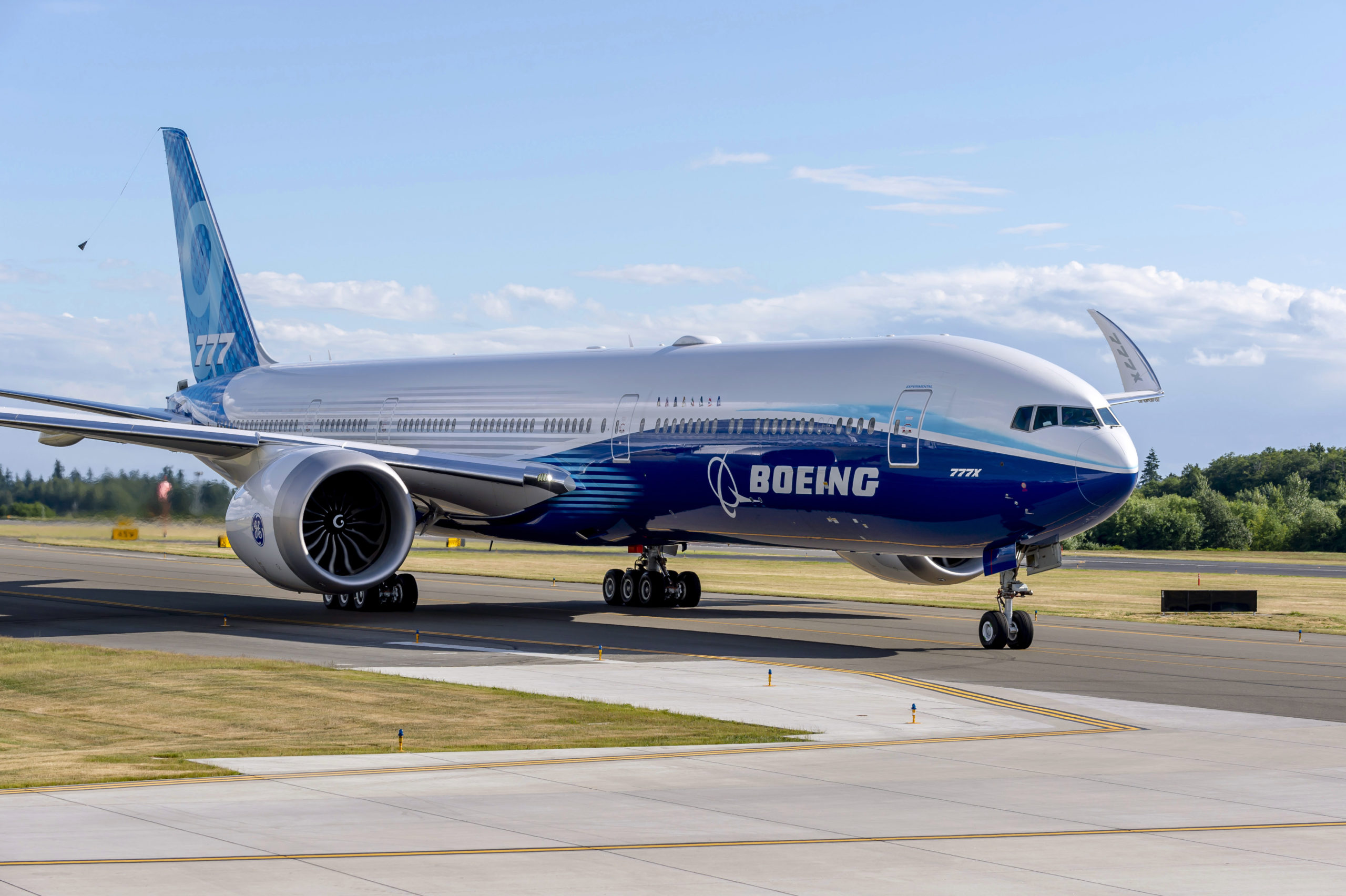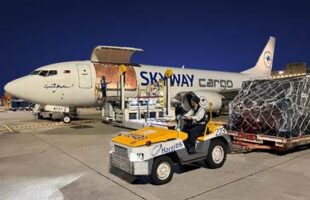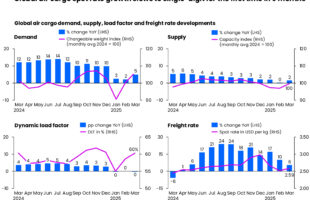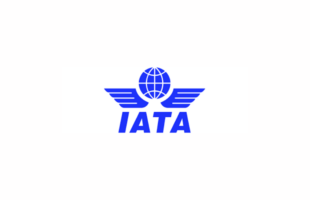
777X Taxi Test

According to the Boeing website, the 777 freighter version has had 24 orders from six renowned airlines and two undisclosed customers. With a new widebody freighter on offer, the aircraft manufacturer sees the 777-8 freighter as an ideal replacement for the older 747 freighters, with an initial bulk order from Qatar Airways who will be the launch partner. In this interview, Payload Asia talks to Brian Hermesmeyer, Freighter Customer Leader at Boeing, to learn about the new freighter and the company’s plans over the next half-decade.
With slightly less payload than the 747-8F (so-called air cargo’s work horse), how would you describe the 777-8F as part of the Boeing freighter family?
The new Boeing 777-8 freighter offers 747-sized payload capabilities with incredible twinjet efficiency, providing the performance and flexibility operators need for an edge in the global cargo market.
The 777-8 freighter incorporates the best of the new 777X family and the market-leading 777 freighter to offer more: more payload, fuel efficiency and profit potential. The 777-8 freighter will be the world’s largest and most capable twin-engine freighter, with the highest payload and lowest fuel use, emissions and operating cost per tonne of any large freighter.
With the same cross-section and code E designation as the 777 freighter, the 777-8 freighter will provide at least a 10 percent improvement in fuel efficiency, emissions and operating costs and 17 percent more payload. In fact, the 777-8 freighter offers payload and range capability nearly identical to that of the 747-400 freighter, with an incredible 30 percent improvement in fuel use and emissions and 25 percent better operating costs per tonne.
The 777-8 freighter also can interline seamlessly with the 747-400 freighter, 747-8 freighter and 777 freighter, providing our customers with the greatest profit potential, maximum network flexibility and an excellent investment opportunity. Operators can use the same containers and pallets on the 777 and 777-8 freighters. For operators of 747 freighters, the same pallets can be used with different contouring. Full-height containers used on the 777 and 777-8 freighters will fit side by side on any 747 freighter.
What makes it the ideal replacement to older widebody freighters?
Our forecast shows many operators will be looking to replace aging 747-400 freighters later this decade. With nearly identical payload and range capability, the 777-8 freighter will be the ideal choice. The airplane also will deliver the incredible efficiency of the twinjet 777X family—30 percent better fuel and emissions and 25 percent better operating costs per tonne than the 747-400 freighter.
How long do you expect cargo variants of the Queen to continue flying?
These airplanes will be flying for decades to come, and we’ll continue to support 747 operations and sustainment well into the future.
Do you see a demand for freighter conversions of the type? How would this compare (cost-wise and capacity wise) to a factory fresh freighter like the 777-8F?
The new Boeing 777-8 freighter will provide more range, more payload capability and lower fuel use and emissions than any converted freighter. Operators will be able to fly more, farther and more efficiently and profitably with the 777-8 freighter.
How has e-commerce impacted Boeing’s design thinking? Are there any specific requirements that you’ve overheard from a customer? From your conversations, do you think investments to serve the e-commerce market will be profitable for airlines in the long run?
While we won’t share specific customer conversations, the rise in e-commerce globally has contributed to the need for more dedicated freighter space in the market. We expect world air cargo traffic will grow at 4 percent per year over the next 20 years.
This growth is influenced by trade and growing express shipments to support expanding e-commerce operations. E-commerce sales are forecast to reach $6.5 trillion by 2023.
Demand is especially strong in emerging markets that are experiencing rapid growth in express freight, e-commerce and new domestic cargo networks. Airlines and cargo operators have ample opportunity to increase profits as this market continues to grow.
Where do you see the 777X/777-8F taking off? How is the company planning to balance the production of passenger and freighter aircraft in the long run?
The 777-8 freighter is designed to efficiently serve the breadth of the air freight market. Higher-density, general market carriers will value its superior payload, and its superior volume will benefit lower-density express carriers. The airplane is ideally positioned to replace the four-engine 747-400 freighter, in addition to providing additional lift for the growing air cargo sector.
Has there been any slight changes to Boeing’s earlier forecast?
Our recent forecast projects a 70 percent increase in the freighter fleet by 2040, including approximately 450 new large widebody freighters such as the new 777-8 and 777 freighter.
What can you say are the challenges in building aircraft in this day and age? How are you looking to address them?
With regard to production, the 777/777X family is uniquely positioned to serve the needs of the cargo market now and in the future. Both the 777 and 777X are assembled on the same production line in our factory in Everett, Washington, giving us the flexibility to adapt our production plan as needs change. For example, we will add additional 777 freighter capacity in our production system starting in late 2023 by leveraging the 777-9 production rate adjustment we announced in April 2022.
We also designed a freighter into the 777X family from the start. By timing the new 777-8 freighter to follow the 777-9 and precede the 777-8 passenger airplane, we are addressing our customers’ needs for additional freighter capacity while long-haul passenger traffic continues to recover from the pandemic.









